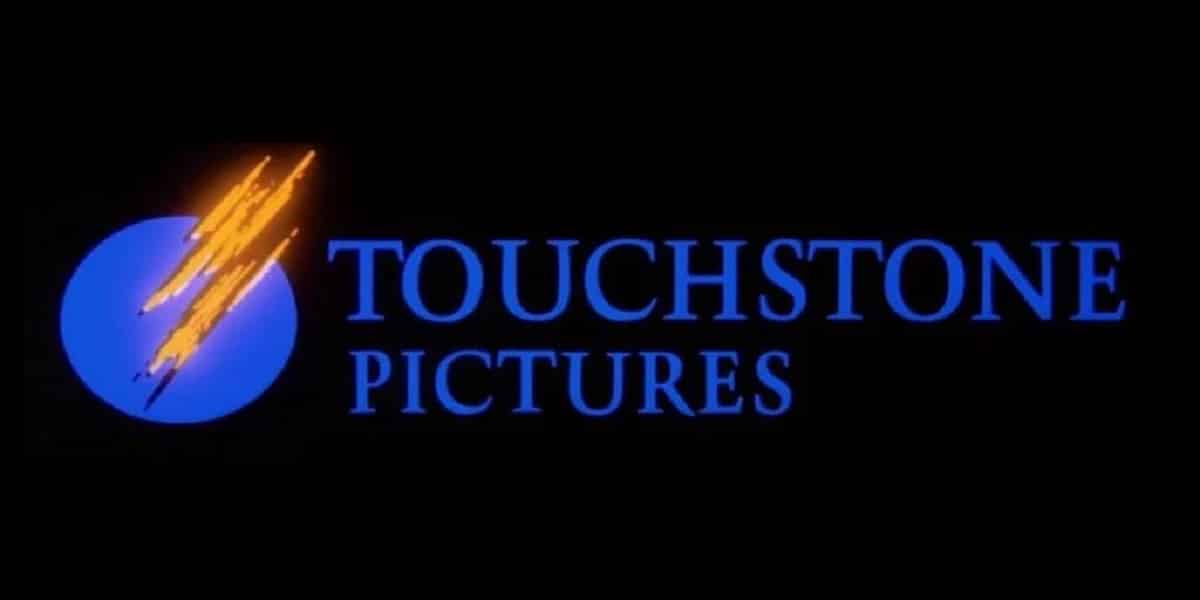As I set out to create a digital inventory of all Disney movies years ago, one thing that quickly surprised me was that Disney’s umbrella covered much more than the animated and family-friendly movies we typically associate with Disney. There were tons of PG-13 and rated R movies in the Disney library I hadn’t previously connected with the company. Many of these films were released under Touchstone Pictures.
So my curiosity got the best of me and I set out to figure out why on earth did Disney set up an entirely separate production house to release these films. Here is a bit of what my research turned up.
Disney’s Strategic Move: The Birth of Touchstone Pictures
The year was 1984, and Disney, the iconic animation studio, was at a crossroads. Its traditional family-friendly movies had garnered immense success, but the company recognized the need to diversify its portfolio and tap into a different audience segment. As a result, Disney made a bold move by launching Touchstone Pictures, a new film label designed to cater to mature audiences and explore more complex and edgier storytelling. Here are a few reasons why:
-
Expanding Audience Reach
At the time of Touchstone Pictures’ inception, Disney was renowned for producing beloved animated classics like “Snow White,” “Cinderella,” and “Peter Pan.” These family-oriented movies had a dedicated audience, but they limited the company’s potential to reach broader demographics. Recognizing this limitation, Disney sought to diversify its movie offerings to attract adult viewers who sought more sophisticated and thought-provoking content.
The new production house’s first film was the critically-acclaimed hit “Splash.”
With Touchstone Pictures, Disney aimed to tap into the lucrative market of mature audiences that craved engaging and challenging narratives. The launch of this new film label allowed the company to explore themes and genres that were previously off-limits under the Disney brand.
-
Addressing Stagnation and Creativity Constraints
The creation of Touchstone Pictures also came at a time when Disney faced creative stagnation. The animation studio had set incredibly high standards for its family-oriented films, which created pressure on filmmakers to deliver nothing short of perfection. This, in turn, constrained creativity and limited the range of stories Disney could tell.
By establishing Touchstone Pictures, Disney sought to provide filmmakers with more creative freedom and flexibility. It allowed for the exploration of themes and narratives that might not fit within the constraints of the traditional Disney brand. This decision proved vital in revitalizing Disney’s creative spirit and fostering innovation in storytelling across the organization.
-
Attracting Top Talent and Acquiring Existing Studios
Touchstone Pictures served as an enticing platform for attracting top-notch talent from the film industry. Many directors, producers, and actors were eager to work under the Disney umbrella, but their projects often demanded a more mature and less restrictive approach than the traditional Disney image allowed. Touchstone Pictures offered them the opportunity to collaborate with a powerful brand while creating content that appealed to adult audiences.
Additionally, Disney leveraged Touchstone Pictures as a means to acquire existing studios, expanding its reach in the industry. One notable example was Disney’s acquisition of Miramax Films in 1993, which had been highly successful in producing critically acclaimed and award-winning films like “Pulp Fiction” and “Good Will Hunting.”
-
Diversifying Revenue Streams
With Touchstone Pictures, Disney embarked on a strategic move to diversify its revenue streams. Traditionally reliant on theme parks, merchandise, and animated films, Disney recognized the financial potential of the movie industry beyond family-friendly content.
Touchstone Pictures allowed Disney to gain a foothold in the adult-oriented movie market, creating a diversified portfolio that could better withstand fluctuations in individual sectors. As a result, the company was better equipped to endure economic downturns while maintaining steady growth.
-
Managing Brand Image
One of the key challenges Disney faced was balancing the family-friendly image it had cultivated over decades with its desire to expand into new markets and explore more mature storytelling. By launching Touchstone Pictures as a separate brand, Disney could experiment with different genres, tackle controversial subjects, and take creative risks without tarnishing its core brand identity.
This segregation allowed Disney to protect its wholesome reputation while still benefiting from the success and profits of ventures in different niches. Over the years, Touchstone Pictures created a reputation of its own, distinct from Disney’s animated legacy, but still associated with high-quality productions.
The launch of Touchstone Pictures in 1984 marked a defining moment for Disney, representing a strategic move that was both daring and calculated. By expanding into the realm of mature audiences and adult-oriented films, Disney diversified its revenue streams, attracted top talent, and refreshed its creative landscape. Touchstone Pictures not only played a significant role in shaping the entertainment industry but also demonstrated Disney’s ability to adapt and evolve with changing audience preferences. As the film industry continued to evolve, Touchstone Pictures remained a testament to Disney’s willingness to explore new horizons while staying true to its core values.



